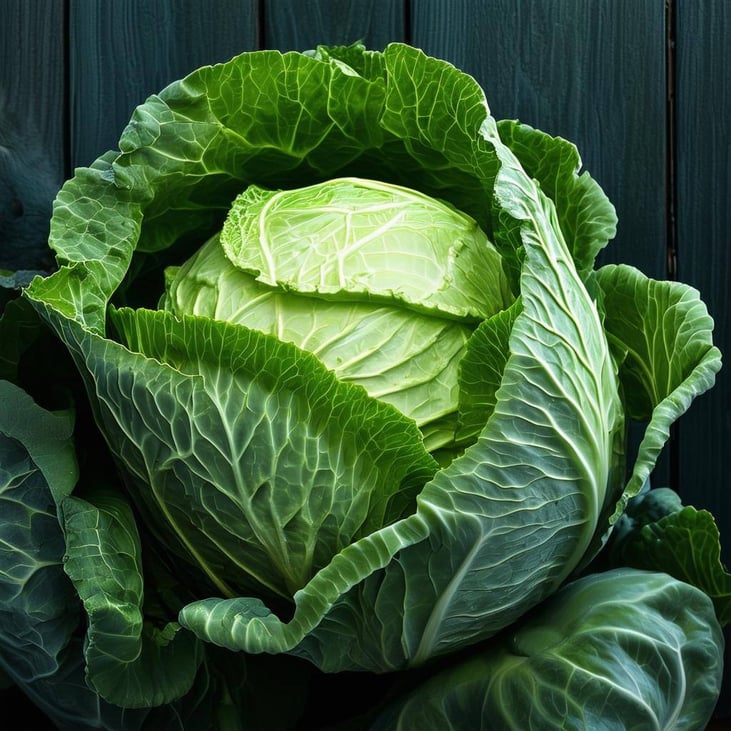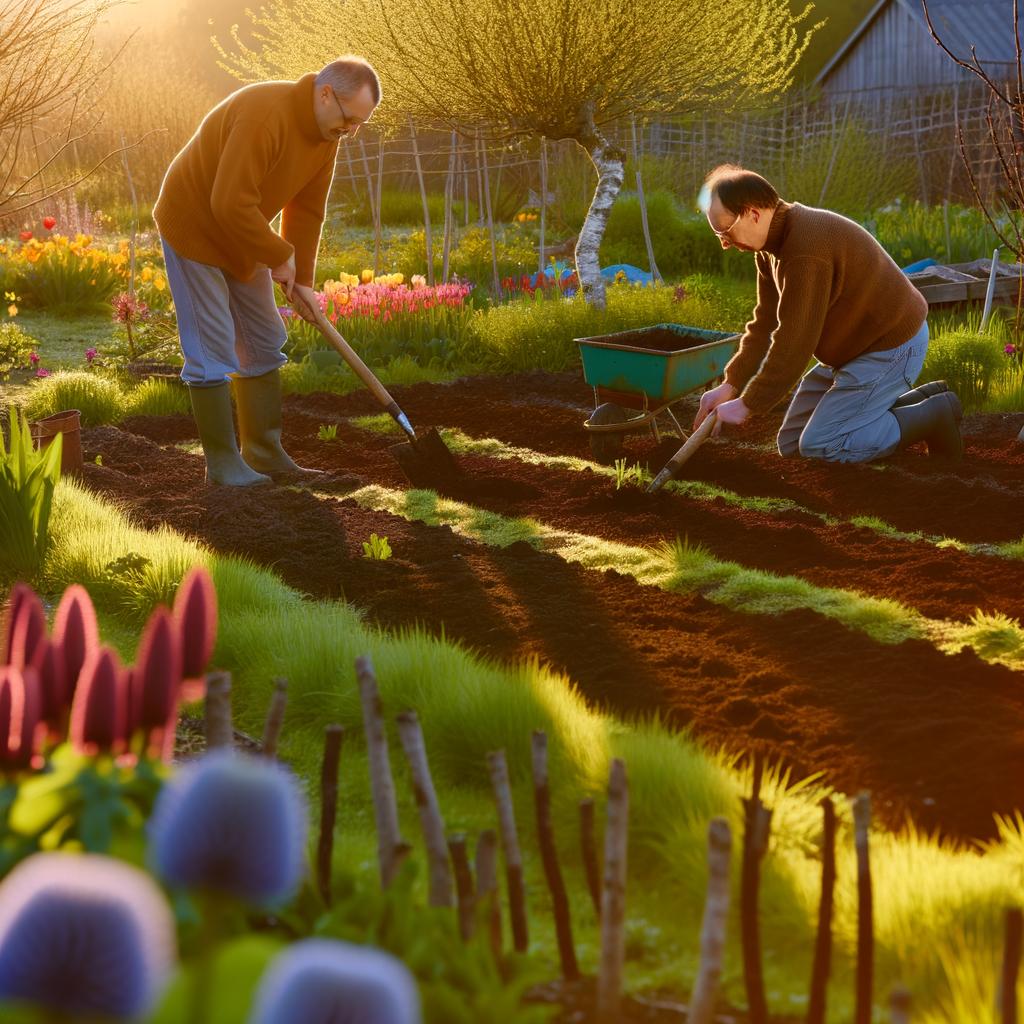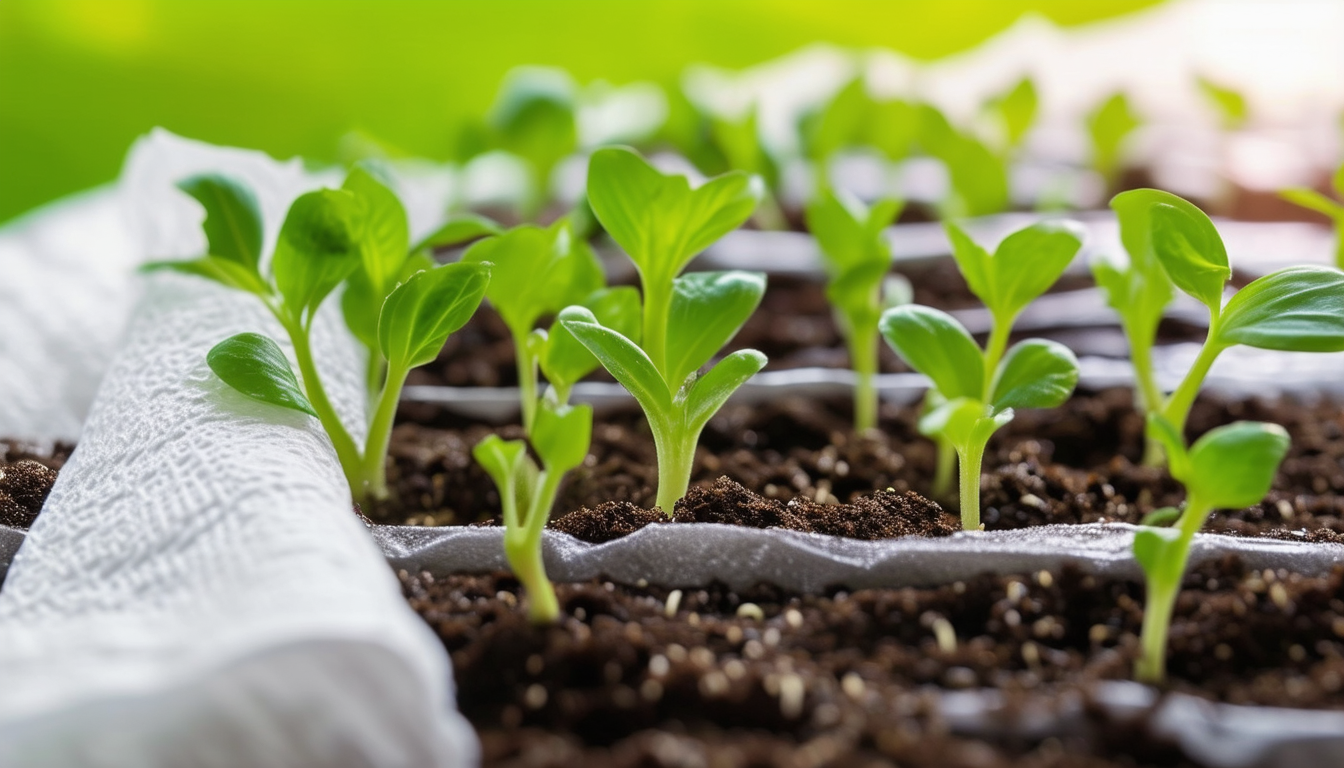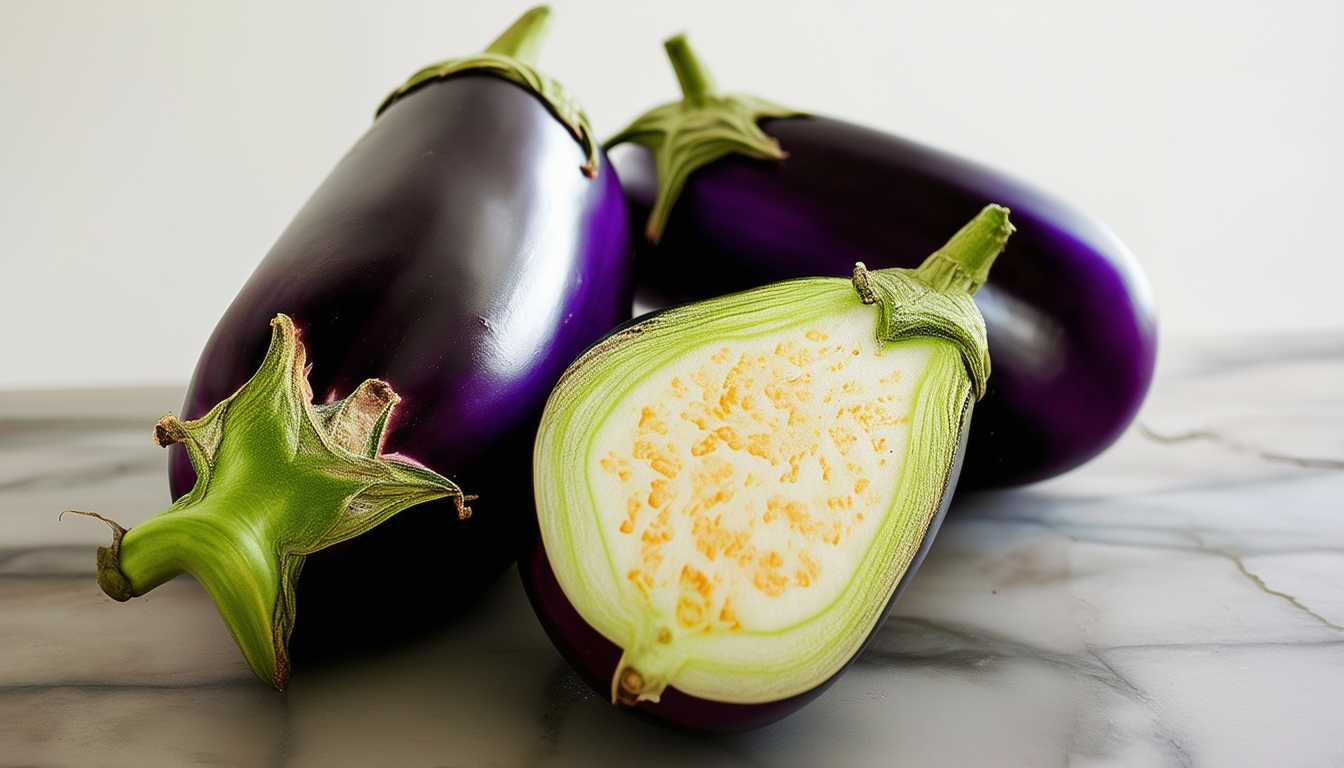
Unlock the secrets to a bountiful cabbage harvest by mastering the perfect timing for starting seeds indoors.
Intro - Understanding the Growing Cycle of Cabbage
Cabbage is a cool-season vegetable that thrives in temperatures between 60-65°F (15-18°C). Understanding its growing cycle is crucial for achieving a successful harvest. This biennial plant typically takes about 70-100 days to mature, depending on the variety.
By starting your cabbage seeds indoors, you can get a head start on the growing season and ensure your plants are strong and healthy when it's time to transplant them outdoors.
Why Start Cabbage Seeds Indoors?
Starting cabbage seeds indoors allows you to control the growing environment, ensuring optimal conditions for germination and early growth. This approach helps you avoid issues like pests and unpredictable weather, which can affect seedlings planted directly in the garden.
Additionally, indoor seed starting extends the growing season, giving you the opportunity to harvest cabbage earlier and potentially grow multiple crops within a single season.
Determining the Best Time to Start Seeds Indoors
The best time to start cabbage seeds indoors is about 6-8 weeks before the last expected frost date in your area. This timing ensures that your seedlings are mature enough to be transplanted outdoors when the weather is suitable.
Check local frost dates and count backwards to determine the ideal starting time for your region. This careful planning will help you achieve a bountiful harvest.
5 Step Guide to Indoor Seed Starting
1. **Choose the Right Container:** Select seed trays or small pots with good drainage. Fill them with a quality seed-starting mix.
2. **Sow the Seeds:** Plant cabbage seeds about ¼ inch deep. Lightly cover them with soil and gently water.
3. **Provide Adequate Light:** Place the containers under grow lights or in a sunny window. Cabbage seeds need plenty of light to germinate and grow strong.
4. **Maintain Optimal Conditions:** Keep the soil moist but not waterlogged. Maintain a temperature of around 70°F (21°C) for best results.
5. **Transplant Seedlings:** When the seedlings have 2-3 true leaves and the outdoor soil temperature is consistently around 50°F (10°C), they are ready to be transplanted into the garden.
Transplanting Seedlings to Your Garden
Before transplanting, harden off your seedlings by gradually exposing them to outdoor conditions over a week. Start with a few hours of sunlight each day, increasing the duration gradually.
Transplant the seedlings into well-prepared soil, spacing them 12-24 inches apart, depending on the variety. Water thoroughly after planting and keep the soil consistently moist as the plants establish themselves.
Height, Spread & Harvest time
Cabbage plants typically reach a height of 12-18 inches with a spread of 24-36 inches. The time to harvest varies by variety but generally ranges from 70-100 days after transplanting.
Harvest cabbage when the heads are firm and reach the desired size. Cut the heads at the base, leaving the outer leaves in place to protect the remaining plant.
Common pests & diseases
Cabbage can be affected by pests such as aphids, cabbage worms, and slugs. Regularly inspect your plants and use organic pest control methods like neem oil or insecticidal soap.
Diseases like black rot and clubroot can also impact cabbage. Ensure proper crop rotation and good garden hygiene to minimize these risks.
Soil, Feed & Fertilisers
Cabbage prefers well-drained, fertile soil with a pH between 6.0 and 6.8. Incorporate plenty of organic matter to improve soil structure and fertility.
Use a balanced fertilizer to support healthy growth. Side-dress with compost or a nitrogen-rich fertilizer as the plants develop to encourage strong leaf growth.
Best Varieties
Some popular cabbage varieties include 'Golden Acre,' 'Red Express,' and 'Savoy King.' Each variety has unique characteristics, so choose one that suits your growing conditions and culinary preferences.
Experiment with different types to discover which performs best in your garden and meets your needs.
FAQ
Should cabbage seeds be started indoors? Yes, starting cabbage seeds indoors helps ensure a strong start and protects young plants from pests and harsh weather.
Do cabbage seeds need darkness to germinate? No, cabbage seeds require light to germinate.
How big should cabbage seedlings be before transplanting? Seedlings should have 2-3 true leaves before transplanting.
What is the best way to germinate cabbage seeds? Provide consistent moisture, adequate light, and a temperature around 70°F (21°C).
What is the best month to plant cabbage? Plant cabbage seeds indoors 6-8 weeks before the last frost, typically in late winter or early spring.
Do cabbage seeds need to be soaked? Soaking is not necessary but can speed up germination.
How long does cabbage take to grow from seed? Cabbage takes about 70-100 days from seed to harvest, depending on the variety.
What is the best companion plant for cabbage? Plants like beans, beets, and onions make good companions for cabbage.
Do seeds need sun before they sprout? Yes, cabbage seeds need light to germinate.
How many cabbage seeds to plant per hole? Plant 1-2 seeds per hole, thinning to the strongest seedling.
Can you bury leggy cabbage seedlings? Yes, bury them up to the first set of true leaves to encourage stronger growth.
What makes cabbage grow faster? Adequate water, rich soil, and regular feeding promote faster growth.
Does cabbage like full sun or shade? Cabbage prefers full sun.
What's the quickest vegetable to grow? Radishes are among the quickest, taking about 4 weeks from seed to harvest.
Which fertilizer is best for cabbage? A balanced, nitrogen-rich fertilizer works well.
Can cabbage seeds be started indoors? Yes, starting indoors is recommended.
What happens if you don't soak seeds? They may take longer to germinate but will still grow.
How do you space cabbage seedlings? Space them 12-24 inches apart.
How many heads of cabbage does one seed produce? One seed produces one head of cabbage.
Why are my cabbage seeds not growing? Lack of light, improper temperature, or poor soil conditions could be reasons.
What is the lifespan of a cabbage plant? Cabbage is a biennial but is typically grown as an annual for its heads.
Where is the best place to plant cabbage? In a sunny spot with well-drained, fertile soil.
What not to plant next to brassicas? Avoid planting tomatoes, strawberries, and pole beans near cabbage.
Can I plant onions next to cabbage? Yes, onions are good companions for cabbage.
How to germinate seeds quickly? Maintain optimal moisture and temperature conditions.
Can I leave my grow light on 24 hours for seedlings? No, seedlings need a period of darkness, typically 14-16 hours of light is sufficient.
Do cabbage seeds need light to germinate? Yes, they need light to germinate.
Can you cut the bottom leaves off of cabbage plants? Yes, you can remove yellowing or damaged leaves to improve airflow.
Can you eat cabbage leaves that don't form a head? Yes, they are edible and nutritious.
How close to plant cabbage seedlings? Space them 12-24 inches apart.
What is the best fertilizer for cabbage? A balanced, nitrogen-rich fertilizer is ideal.
How to get big cabbage heads? Provide consistent moisture, rich soil, and regular feeding.
How to sow cabbage seeds? Plant seeds ¼ inch deep in seed-starting mix and provide adequate light and moisture.



